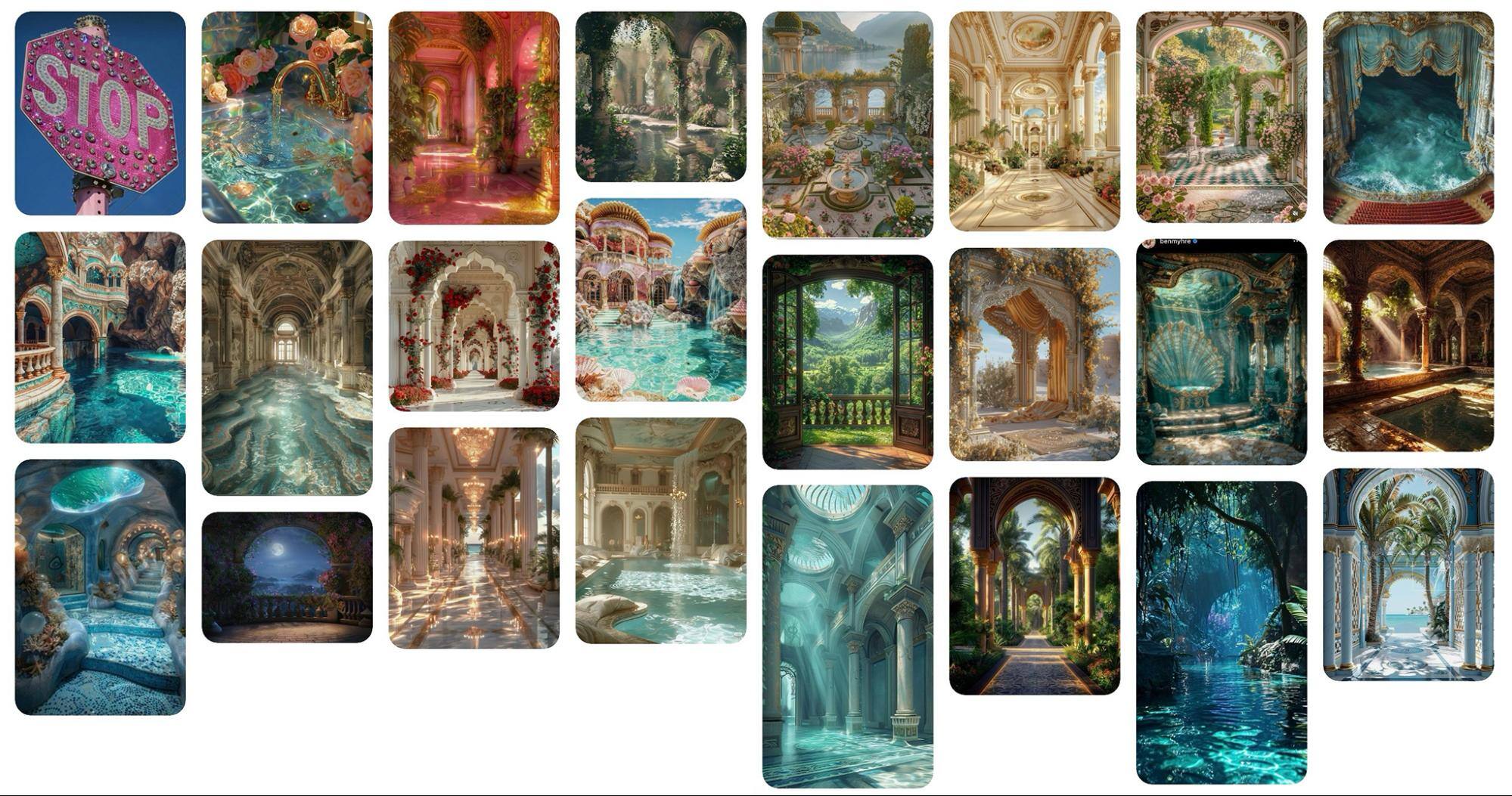When it comes to augmented reality (AR), it’s all about shifting perspectives. How can we take something ordinary—like a street sign—and turn it into a catalyst for creativity and curiosity?
That’s the challenge I tackled using Mattercraft, a web-based XR platform that empowers creators to build immersive 3D experiences across AR, VR and MR with ease. The mission? Showcase how Mattercraft makes AR accessible to everyone, from seasoned XR developers to traditional artists, transforming everyday, oppressive signage into moments of surprise and discovery.
Here’s how I transformed a ‘Restricted Area’ sign into an AR experience that invites users to see the world through a more imaginative lens.
The Challenge: Turning Everyday Restrictions into Moments of Wonder
The goal was simple: take something mundane, like a restrictive street sign, and transform it into a moment of delight that reflects Mattercraft’s user-friendly platform. I set out to create an AR experience that showcased both the intuitive tools and the creative potential of AR.
The concept emerged from a personal observation during a neighbourhood walk – those everyday signs that tell us to stop or keep out have become almost invisible, blending into the background.
What if, instead of an abrupt order, they could invite you into a world of wonder? And so, the idea for ‘Stop and Smell the Roses’ was born—a poetic AR experience designed to shift perceptions and inspire creativity.
The Solution: Crafting the ‘Stop and Smell the Roses’ Experience
The experience uses Zappar’s image tracking at its core, a feature that lets us anchor digital content to real-world objects. In this case, we used an everyday stop sign as the trigger. Once scanned, the sign’s starkness melts into a golden-lit scene filled with blooming roses, creating a moment of beauty and reflection, inviting users to pause and connect with the beauty around them.
Here's how I brought it all together...
Ideation & Concept Development
The idea stemmed from a desire to flip the narrative on everyday restrictions, taking cues from Renaissance and Baroque architecture. I started by organizing my ideas into Pinterest mood boards and sketching out the experience flow in Procreate, ensuring every detail aligned with the story we wanted to tell.

Image Tracking: The Gateway to Imagination
One of the reasons I love image tracking is its ability to merge the real with the imagined. By anchoring the AR experience to a physical sign, I created a gateway to a different world—an approach that aligned perfectly with the theme of seeing beyond the obvious.
Creating the Assets
I used a mix of tools to craft the 2D and 3D assets. Midjourney helped generate the core visuals, while personal photos and Photoshop added the final touches. The 3D elements, including the roses and vines, were sourced from platforms like CGTrader and Sketchfab and then tweaked in Blender to match the desired aesthetic.
The animations? Those were handled using Runway and LumaLabs, bringing movement and life to our scene.
Building the Scene in Mattercraft
Mattercraft’s web-based editor made assembling the scene quick and easy. I positioned each asset to encourage users to explore by moving their phones, adding a layer of interactivity that deepened the experience and made discovery feel natural.
Bringing the Scene to Life with Animation
To make the introduction of the AR elements feel seamless, I used Mattercraft’s built-in animation system. The intuitive timeline allowed me to choreograph the unfolding scene, from the first glow of golden light to the slow bloom of the roses.
Optimising for Performance
Optimisation is key for any AR experience, especially on the web. Every asset was carefully compressed to ensure quick load times without sacrificing quality so that users could enjoy fluid interactions across devices.
Testing in Real-Time
Testing was a breeze thanks to Mattercraft’s live web-based preview. I ordered a physical copy of the stop sign to simulate real-world conditions and tested the experience in real time. This made it easy to tweak elements without having to fully redeploy the app or wait for approval—a huge time-saver that allowed for quick iterations.
Conclusion: Elevating Everyday Moments with AR
In the end, Stop and Smell the Roses became more than just an AR demo—a reminder of how immersive technology can change the way we see the world. By turning something as ordinary as a stop sign into an invitation to explore, we were able to showcase Mattercraft’s potential for both creators and users alike.
Whether you're an XR enthusiast or an artist new to the AR world, Mattercraft makes it easy to build rich, interactive experiences that transform the mundane into the extraordinary.
Why settle for the every day when you can craft moments of wonder?
Where to find Adriana
If you’d like to work with Adriana or speak to her about her project in more detail you can reach out to her using the links below.
Portfolio: https://adrianavecchioli.com
Instagram: https://www.instagram.com/adrianavecc/
LinkedIn: https://www.linkedin.com/in/adrianavecchioli/
X/Twitter: https://x.com/AdrianaVecc/
 Adriana Vecchioli
Adriana VecchioliCreative Director | Product Designer | Storytelling with XR & AI
